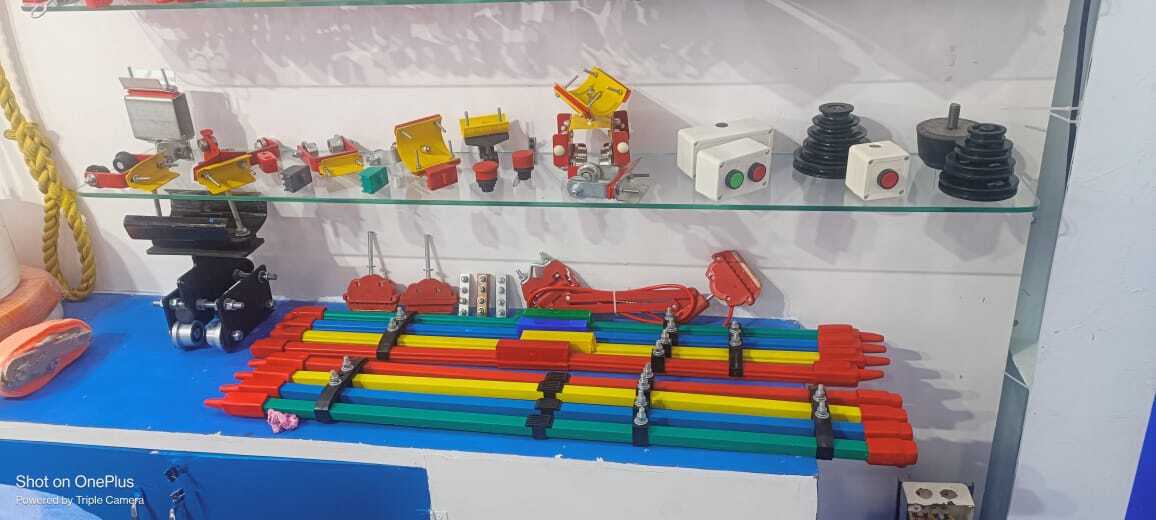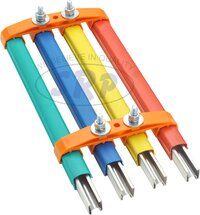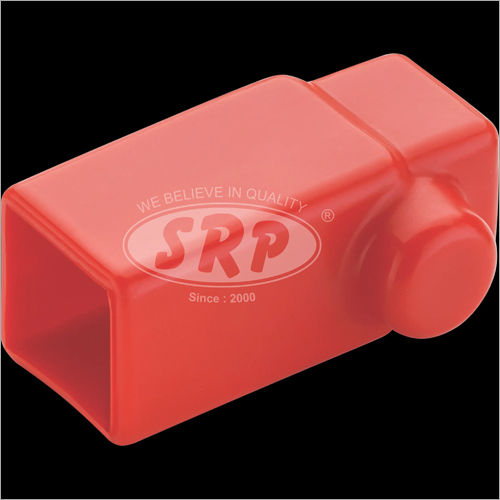



Pin Type Joint Dsl Bubsar
Product Details:
Pin Type Joint Dsl Bubsar Price And Quantity
- 730 INR/Meter
- 100 Meter
Pin Type Joint Dsl Bubsar Trade Information
- RAJKOT
- 1 Meter Per Week
- 1 Week
- All India
Product Description
Pin Type Joint Dsl Bubsar
- MAX. WORKING TEMP 80 C
- SAFE MOVEMENT
- QUICK & EASY INSTALLATION
- TOUCH PROOF ,NO EXPOSED LIVE PART
- SUITABLE FOR INDOOR AND OUTDOOR INSTALLATION
A busbar system is an electrical distribution system that uses a conductor to distribute power within a building, industrial facility, or power generation/transmission system. Busbars are typically made of copper or aluminum and serve as a more efficient and compact alternative to traditional wiring for distributing electrical energy. Here are some common specifications and considerations for busbar systems:
-
Material: Busbars are commonly made from copper or aluminum due to their excellent electrical conductivity. Copper is preferred for higher current applications due to its better conductivity, while aluminum is used for lower current applications because it is lighter and less expensive.
-
Current Rating: The current-carrying capacity of a busbar is a critical specification. It depends on the material, size, and configuration of the busbar. It's important to select a busbar with a current rating that comfortably exceeds the maximum expected current load.
-
Voltage Rating: Busbars are designed for specific voltage levels. The insulation used should be appropriate for the operating voltage to prevent arcing and short circuits.
-
Size and Shape: The size and shape of the busbar determine its current-carrying capacity and thermal performance. Larger cross-sectional areas can carry more current and dissipate heat more effectively. Common shapes include rectangular, flat, and tubular designs.
-
Temperature Rise: Busbars can generate heat due to the resistance of the conductor material. The temperature rise should be limited to prevent overheating, which could lead to reduced performance and safety hazards.
-
Insulation and Enclosure: Busbars may require insulation to prevent accidental contact and short circuits. Enclosures also provide protection against mechanical damage, environmental factors, and human contact.
-
Short-Circuit Strength: Busbars should be designed to withstand short-circuit currents without significant deformation or damage. This requires selecting an appropriate busbar material and design.
-
Flexibility and Expandability: Consider the future growth and expansion of the electrical system. Design the busbar system with enough flexibility to accommodate additional loads and connections.
-
Connection Methods: Busbars need to be connected to various devices, such as switches, breakers, and other equipment. Proper connection methods, such as bolted or clamped joints, are crucial for ensuring low resistance and reliable connections.
-
Fault Current Distribution: The design of the busbar system should ensure even distribution of fault currents to prevent localized overheating and damage.
-
Electromagnetic Interference (EMI): High current flows in busbars can generate electromagnetic fields that might interfere with nearby electronic devices. Proper grounding and shielding can help mitigate EMI.
-
Standards and Regulations: Busbar systems must adhere to relevant electrical codes and safety standards to ensure safe operation. These standards may vary by region or application.
-
Maintenance and Inspection: Regular maintenance and inspection are necessary to identify any signs of wear, damage, or deterioration in the busbar system.
It's important to note that specific requirements for a busbar system can vary widely based on the application, environment, and local regulations. Consulting with electrical engineers or professionals experienced in designing and installing busbar systems is recommended to ensure a safe and efficient solution.

 Send Inquiry
Send Inquiry






 English
English Spanish
Spanish French
French German
German Italian
Italian Chinese (Simplified)
Chinese (Simplified) Japanese
Japanese Korean
Korean Arabic
Arabic Portuguese
Portuguese